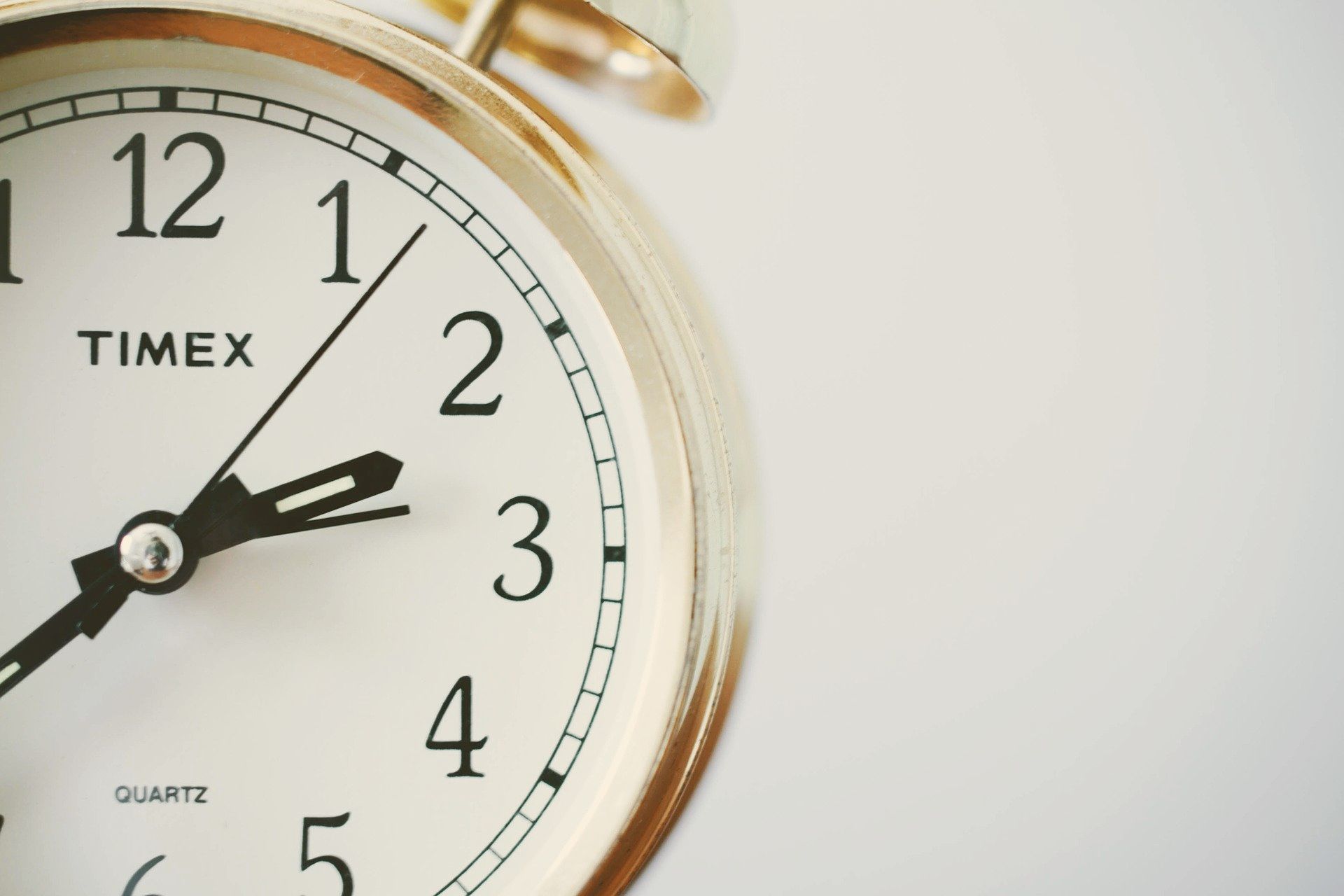The Myth
I had a belief that was so ingrained in my thinking, I didn’t even notice its presence. I believed many of the things I bought would be a “forever” purchase. This is the myth of the “future-proof” purchase. This flawed way in my thinking was illuminated and challenged in Elizabeth Willard Thames book, Meet the Frugalwoods.* She wrote:
“We (I include myself here) get bored with our stuff. Our style and tastes change. We move houses and need a bigger/smaller/more purple couch. This notion that we can future-proof our material possessions is, more often that not, a woeful excuse for overpaying.”
Elizabeth Willard Thames
Have you ever been swayed to make an expensive purchase based on the thought that the item will be with you “forever”? If you believe a purchase will satisfy your needs and style forever, then you might pay more than you would have otherwise. Odds are most items will be in your possession for less time than you initially thought.
Put The Myth To The Test
Here are a six questions to help you put the myth of a future-proof purchase to the test:
- Take inventory of your current wardrobe. What are you getting tired of? How many of those pieces did you just love, love, love, and couldn’t live without when purchased?
- Do the same in your living space. Look around at your décor, furnishings, technology, houseware and collectibles. Are you feeling bored and ready to replace any of it? When you first purchased it, could you ever have imagined getting tired of it?
- Look through photos specifically noting your clothing, shoes and accessories (watches, jewelry, handbags, hats). How many of those items do you still own? Would you buy that shirt/hat/dress again, or is it no longer your style?
- Find pictures of your living space from various time frames. Notice the furniture, décor, collectibles and gadgets. How much of it is still around? How many of these items did you purchase thinking you would have it forever? Like, for-ev-er!
- Now identify what has been around for a long time. How long ago did you obtain these items? Do you see yourself holding onto them for at least another year? What makes these items stand the test of time while others did not?
- Of those older things you still own, are they in good condition? Do the clothes have holes and stains? Are the shoes scuffed with worn down soles? Do you have a reclining chair that declines to recline? While these items are still around, it may serve you better to replace them.**
Myth Busted
I hope the above exercises helped you to see your possessions in a new light. There may be some older items you enjoy, use, are in good condition, and will be around for quite some time still. However, these items are likely a minority of all the possessions that have come and gone throughout your life.*** Now that this myth is busted, or at least shown to be not entirely true, how might this change your shopping decisions in the future?
* This came from around Chapter 7 of Meet the Frugalwoods. I can’t tell you exactly which page because being the FITE enthusiast that I am, I read it for free through my library app and the pages do not correlate with the print book.
** This is coming from a place of privilege. I want to acknowledge that not everyone is fortunate enough to replace worn out items.
***If you have a propensity to hold onto items, you may have an excess of old stuff laying around. While not physically gone, these items are past their usefulness to you, even if only by underutilization.

